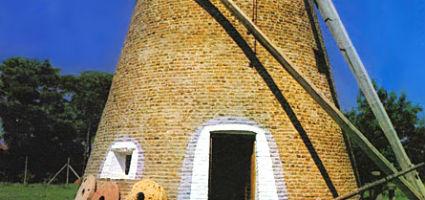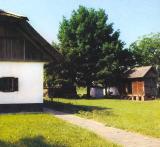2025. July 8. Tuesday
The Exhibition Ward of the Csabai Homestead and the History of Grain - Békéscsaba
 |
Address: 5600, Békéscsaba Gyulai út 65.
Phone number: (66) 441-026
E-mail: mmm@bmmi.hu
Opening hours: 01.04-31.10.: Tue-Sat 9-17
|
Békés County was always the best crop producing land in the country. Among others, The selective breeders Mokry Sámuel and Baross László worked in Békés County. The dry- and windmills of the county, alter its steam mills, the first one being the István Mill in Békéscsaba, were among the most modern and the biggest ones in the country.
The importance of crop production in Békés is still the same and hopefully will be in the future. In 1974, the establishment of a Crop Museum in Békéscsaba was decided.
The Crop Trust, the Crop Company of Békés County supported the establishment of the museum. After the resolution was made, the Csabai homestead was bought. The homestead soon was rebuilt as original.
Next, the Csókős windmill in Békésssámson was rebuilt. The windmill stood on the old Csókás bleak maintained by the National Monument Conservancy.
Leaving from Békéscsaba for Gyula on road 44, we soon arrive to the Crop Museum.
(Except from Cs. Szabó István: Békéscsaba, Crop Museum - TKM 308)
The importance of crop production in Békés is still the same and hopefully will be in the future. In 1974, the establishment of a Crop Museum in Békéscsaba was decided.
The Crop Trust, the Crop Company of Békés County supported the establishment of the museum. After the resolution was made, the Csabai homestead was bought. The homestead soon was rebuilt as original.
Next, the Csókős windmill in Békésssámson was rebuilt. The windmill stood on the old Csókás bleak maintained by the National Monument Conservancy.
Leaving from Békéscsaba for Gyula on road 44, we soon arrive to the Crop Museum.
(Except from Cs. Szabó István: Békéscsaba, Crop Museum - TKM 308)
